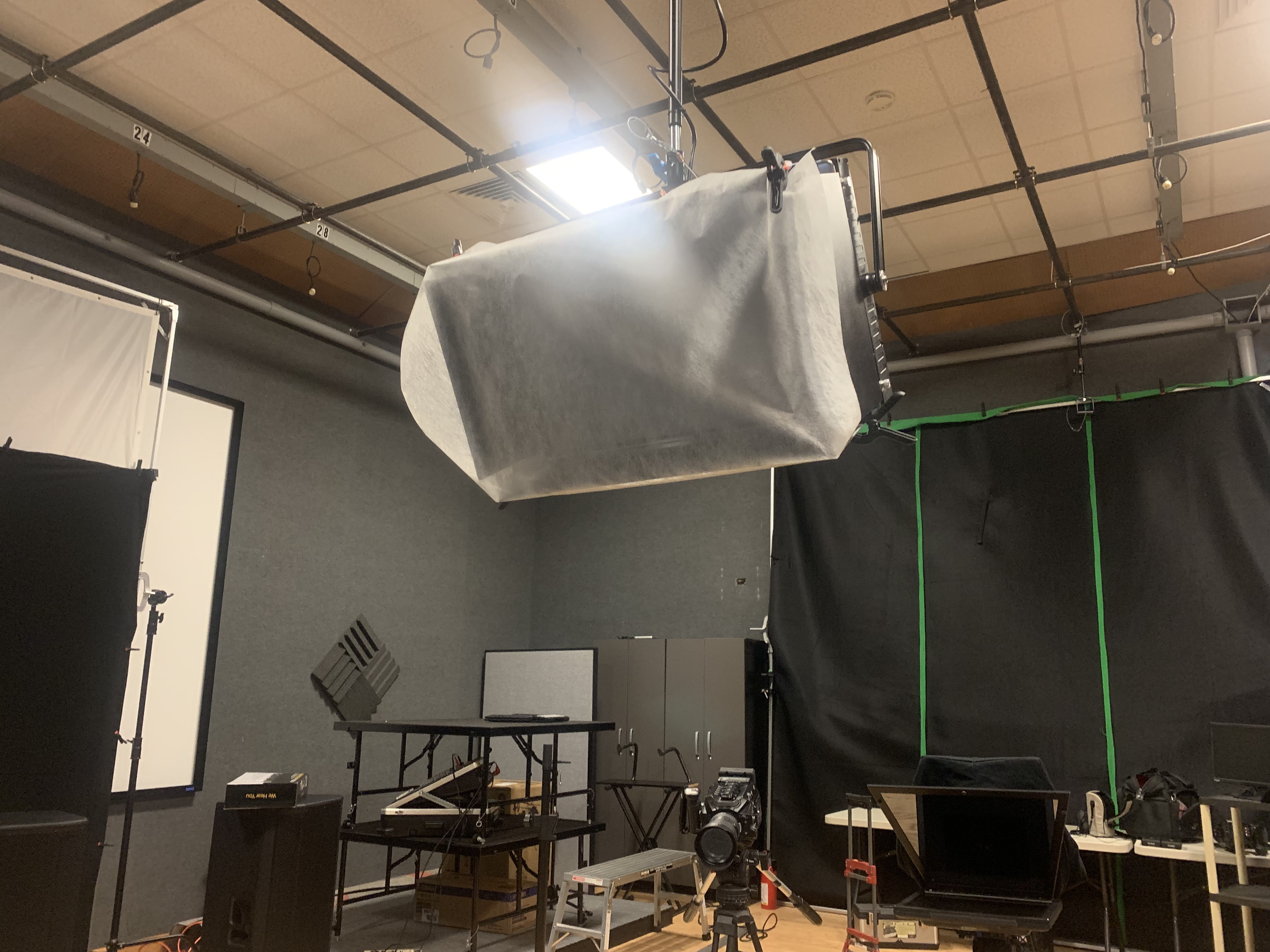
READING & WRITING
When preparing for an upcoming shoot, most filmmakers take into account the types of shots they are going to get, what kind of camera they’re using, sound equipment, etc. but what many forget until the issue comes up is what kind of lighting they are going to use. Naturally sunlight is the most common source of lighting for any exterior shot or interior placed near windows, yet the problem with this type of lighting is that the filmmaker is solely dependent on the suns timing and movement throughout the course of the day. Schroeppel explains in his book, The Bare Bones Camera Course for Film and Video, the different ways to help combat with filming with the sun.
The first is not to shoot at exactly 12:00pm as the light casted by the sun directly above the subject will create hard shadows. Instead the subject should be facing the sun and reflectors can be used to help redirect sunlight and act as a fill light and back light if need be. Having normal fill lights and backlights can help an interior scene along with a key light but matching the suns levels outside can prove to be a challenge. The best thing to do when setting up lets according to Schroeppel is to turn one ach light one at a time and see how they affect the scene.
When planning to shoot a sequence Schroeppel recommends asking yourself a few questions in order to help shape the final product. What story do you want to tell? What kind of audience do you want to tell it to? And how do you want them to react? Pre-production planning can consist of camera setups and shots to help make the onset process move quicker and allow time for other areas. To get the best amount of coverage, filmmakers should first shoot the whole scene in the widest shot they have and then repeat everything for the medium and close-up shots. One can also shoot out of sequence and shoot any scene that has the same setup. This saves time for having to move the lights and camera to different setups and also helps to cover for continuity. To help keep track of all the shots in order a slate can be used to help number the shots for post-production.
RESEARCH TO INFORM
How LeBron James, Carmelo Anthony and the 2003 draft class transformed the NBA
What makes this a great documentary is the editing and use of b-roll to tell the story with visuals along with the narrator. Although some of the b-roll is still pictures, the interviews with the players and coaches helps to give an inside look on what they were thinking in that moment and helps to add to the larger picture of the story.
Steelers legend Rocky Bleier returns to Vietnam 50 years after being wounded in battle
What makes this a great documentary is the use of b-roll of Rocky actually going back to Vietnam to talk and reflect on his experiences in the war rather than having him just sit in a studio trying to remember how he felt. Allowing for the emotion to overcome Rocky by being back in Vietnam after so many years and hearing him speak as a narrator at points where he says no words on screen help to give a look into what he was feeling and thinking in his head. I also like the editor’s choice of not introducing music until the wrap-up at the end as the quiet room tone and ambient jungle helps to add to the tension and overwhelming emotions of the scene.
Luka ‘Wonderboy’ Doncic says he’s ready for next chapter
While this was a good piece put together telling the story of Luka there was one issue with the audio at 3:40. Because the audio was good and consistent throughout the piece, I was a little confused as to why the sitdown interview audio with Luka sounded reverbed and like they had to churn out any static audio.
CREATE
Attached below is a pre-production PDF for an upcoming documentary on my mom’s company WubbaNub.
Documentary Pre-Production
Millan Schneider Pre-Production Planning Document for MINI DOC
Works Cited
“Chapter 7 Lighting, Chapter 9 Doing It .” The Bare Bones Camera Course for Film and Video, by Tom Schroeppel, Langara College, 2018.



